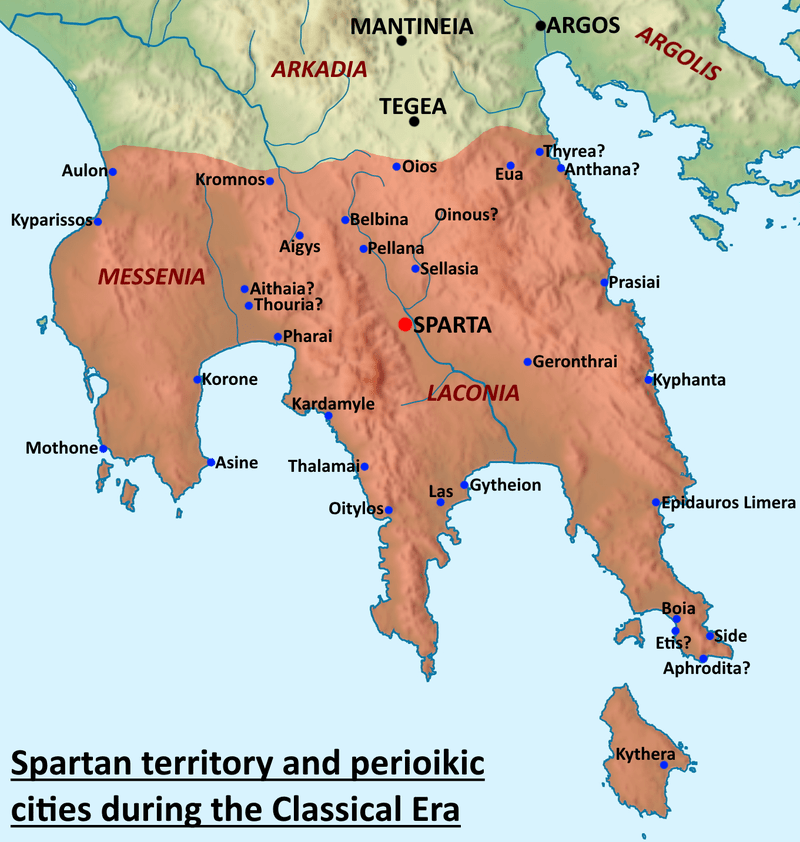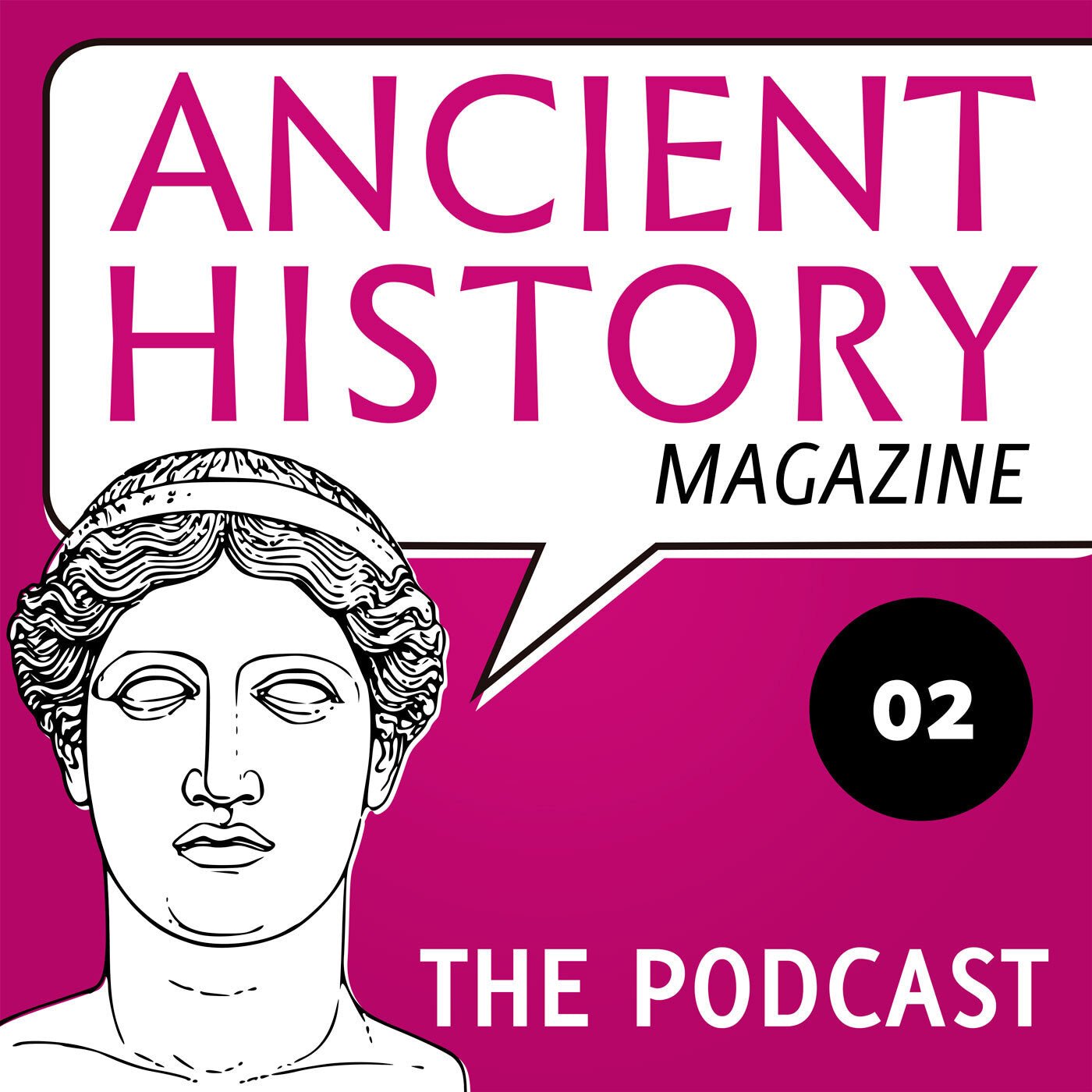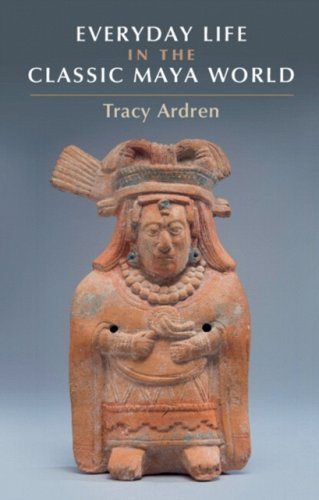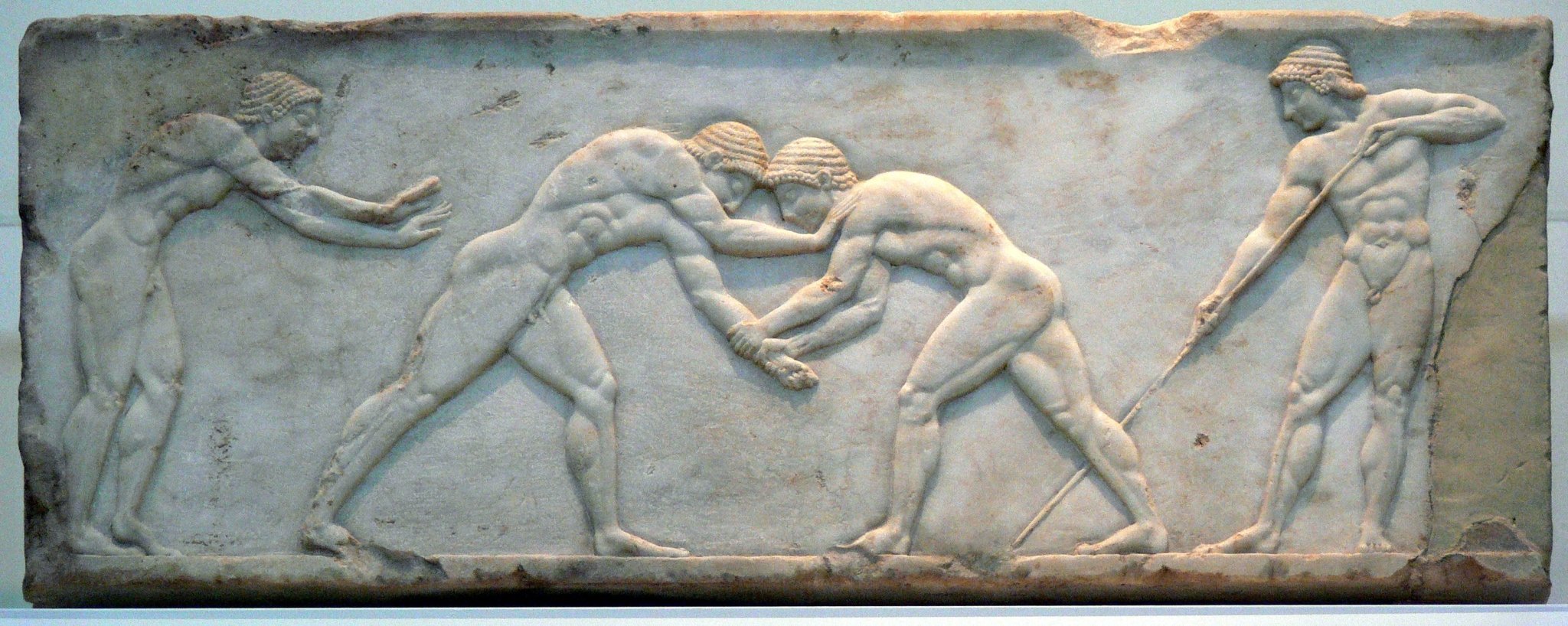The fall of Lucifer
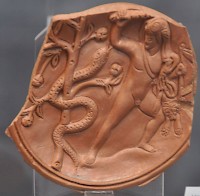
In the first issue of Ancient History Magazine, I will be reviewing Adam, Eve, and the Devil. A New Beginning by Marjo Korpel and Johannes de Moor. The authors claim to have found traces of a Bronze Age myth about Adam, a serpent, and the tree of life. This is not the place to discuss their readings of Ugaritic tablets – you will have to wait for our first issue – but it is an interesting book, written by two authors who show a recommendable disrespect for disciplinary boundaries: cuneiform sources from Mesopotamia, Zoroastrian stories, Greek mythology, and Biblical texts are combined. Iconographic evidence is taken into account as well.
The protagonist in the Ugaritic myth is a snake-god named Horranu or Hilalu. After losing a conflict with the supreme god, he is cast out of heaven, and falls down in the south-Syrian region that is still known as the Hauran. To avenge himself, he posits himself as a giant serpent in the Ugaritic equivalent of the Garden of Eden, threatening to poison the tree of life. Immortality is now in peril and the gods send one of them, Adammu, to kill the serpent, but he loses the fight. In the end, a kind of compromise is found: death has become inevitable, but immortality remains possible by procreation.
There are obvious parallels to the story in Genesis, but echoes of the Ugaritic myth can be found in many other stories in east and west. I am especially impressed by the parallels for the god who falls down to earth. Iranians knew about the snake-demon Aži Dahāka or Zahak, who was cast into a hole in the desert. The Jews knew this story: rendering the name as Azazel, the author of 1 Enoch describes how this fallen angel has to wait underneath the earth until the great day of judgment.
Another echo is Isaiah 14, a satirical song about the demise of a Mesopotamian king.
How art thou fallen from heaven, O Lucifer, son of the morning! how art thou cut down to the ground, which didst weaken the nations! For thou hast said in thine heart, I will ascend into heaven, I will exalt my throne above the stars of God: I will sit also upon the mount of the congregation (…) Yet thou shalt be brought down to hell, to the sides of the pit.
It has long been suspected that Isaiah employed an older myth, but we now can recognize which one. The parallel is closer than you might think. The translators of the King James Bible have introduced the Latin lucifer, “light bearer”, to render Hebrew helel, which has more or less the same meaning, but is of course quite similar to the name of the Ugaritic serpent, Hilalu.
The story was certainly known to the Greeks as well. In his description of the valley of the river Orontes, Strabo quotes a local myth about a dragon named Typhon, which lay waiting underground. Typhon is, of course, one of the primordial, snake-shaped monsters from Greek mythology, which was cast down when he tried to overthrow Zeus. Other falling gods are known from the myths of Hephaestus and Phaeton.
In ancient society, most people were illiterate. If they wanted to share information, they told stories. Motifs could jump from one culture to another: the story of the baby in a basket has been told about Moses, about the Mesopotamian king Sargon, and about the founder of Rome, Romulus. The inevitable conclusion is that you cannot study ancient texts in isolation. Bringing together what belongs together is, we hope, one of the things we can achieve in Ancient History Magazine.

